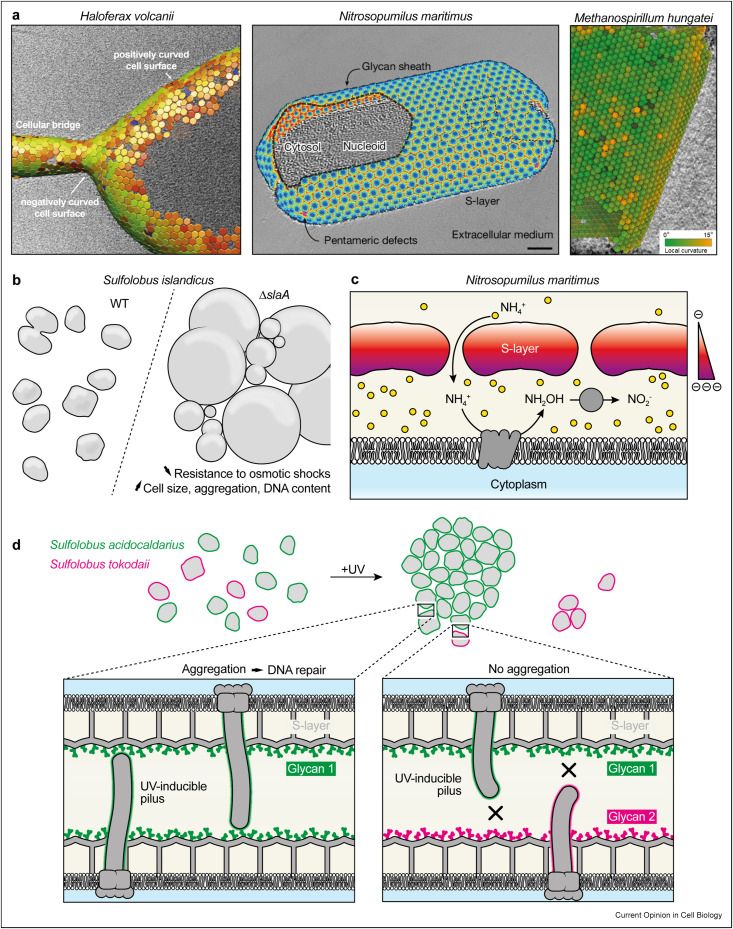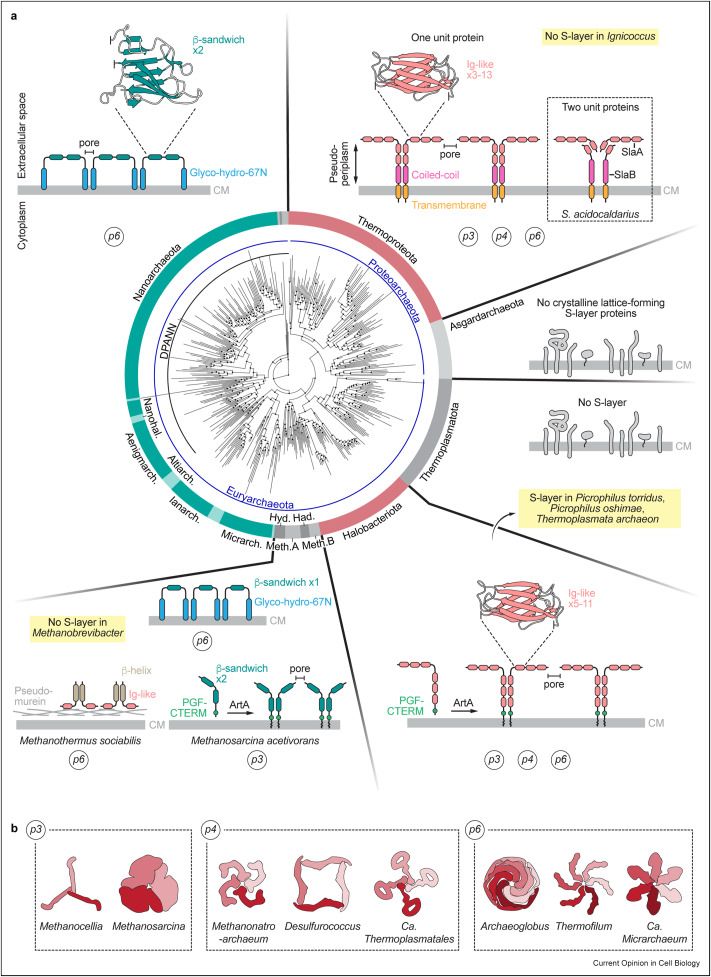Arthur Charles-Orszag
@acharlesorszag.bsky.social
660 followers
1.3K following
49 posts
Assistant Professor at UC Davis. Cell biologist interested in archaea and evolution. UCSF & Institut Pasteur alum. He/him 🇫🇷 🏳️🌈
https://www.charlesorszaglab.com/
Posts
Media
Videos
Starter Packs
Arghya Bhowmick
@arghya93.bsky.social
· Jun 25

De novo designed bright, hyperstable rhodamine binders for fluorescence microscopy
De novo protein design has emerged as a powerful strategy with the promise to create new tools. The practical performance of designed fluorophore binders, however, has remained far from meeting fluore...
www.biorxiv.org
Reposted by Arthur Charles-Orszag
Joe Parham
@joeparham19.bsky.social
· May 29

Temporal and spatial coordination of DNA segregation and cell division in an archaeon.
Cells must coordinate DNA segregation with cytokinesis to ensure that each daughter cell inherits a complete genome. Here, we explore how DNA segregation and division are mechanistically coupled in ar...
www.biorxiv.org
Reposted by Arthur Charles-Orszag
Joe Parham
@joeparham19.bsky.social
· May 29

Archaeal SegAB forms a bipolar structure that promotes chromosome segregation in spherical cells
Archaeal segAB operons are thought to promote chromosome segregation, but their mechanism remains unknown. We employ comparative genomics, structural biology, genetic knockouts, and quantitative cell ...
www.biorxiv.org
Reposted by Arthur Charles-Orszag
Reposted by Arthur Charles-Orszag







